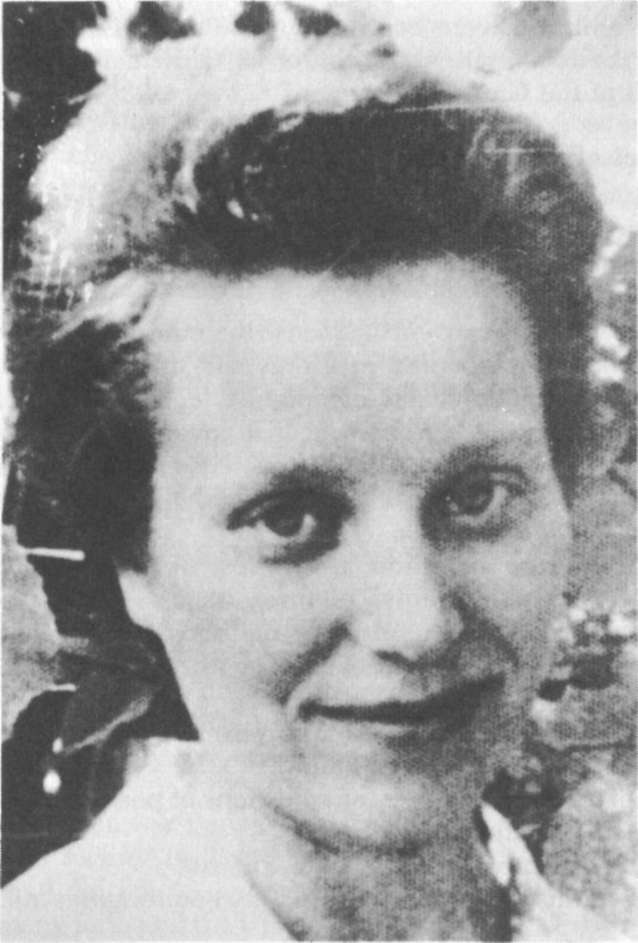All district and city executive committees have been ordered in 1982 to continue spying on the religious life of parishes, and to provide the Council for Religious Affairs with information according to the form reprinted below:
I. The Situation in the Religious Community and the State of Religiosity
1. Outline of the work of the executive organ and the review commission:
a. voluntary donations (how much).
b. how is the ledger book kept (does it correspond to religious needs)
c. help in organizing religious feasts.
d. how are the material needs of the house of worship managed (repair heating, accumulation of inventory, etc).

Gemma-Jadvyga Stanelytė
e. most active members of the executive organ and review commission (first and last names).
f. does the priest suppress the activities of the review commission and the executive organ?
2. How is the requirement carried out that an inventory of house of worship property be made yearly?
3. What percentage of people are believers, in that number, what percentage of young people are believers, what percentage of school-age children attend church, how many received First Communion, how many children were confirmed, how many Easter confessions, how many believers attended church at Christmas 1982, what was the content of the Christmas sermon?
II. Activities of the clergy
1. Typical violations of religious cult laws. Does the clergy interfere in family, organization or school matters. Children who serve at mass and other church rites: last and first names, grade, school.
The activities of extremist priests (the content of their sermons, organizing various clubs and meetings and marches not sanctioned by laws, writing letters and complaints, collecting signatures for the purpose of inciting believers against government organs).
2.The adaptability of the clergy to today's living conditions, their views on the world political situation and the ideological distractions of Western propaganda.
3.Do young people show an interest in religious literature or church articles (crosses, "holy" pictures, etc.).
4. Main directions, trends and methods of the clergy's work with inhabitants. New Forms of work with young people, parents, women, intellectuals.
5. Number of sermons heard and preached during the year:
a. of a purely religious nature
b. of a political nature (on questions of peace, war, friendship between nations)
c. on the subject of morals and virtue
d. establishing a relationship between religious and nationality
e. of an anti-social nature (distorting the reality of socialist life), etc.
6. Describe the more important religious feasts, devotions, numbers of participants, the clergy's efforts to organize these feasts, the participation of believers in the said feasts, how actively (how many attended in 1980 and how many in 1981).
III. Explanation of Laws and the Fight Against Violators
1. How many lectures given on the Soviet Constitution and the Regulations for Religious Associations.
2. What kind of activities are conducted by , member of the group monitoring observance of religious cult laws.
3. The role of the executive committee of the city and district council in implementing religious cult laws.
4. Were houses of worship and clergymen robbed; were the culprits apprehended.
5. How many statements were received in 1981 from individuals or groups of believers and clergymen; which letters or complaints were legitimate or repeated? What questions were they on, and how were they resolved?
6. How are decisions of party and Soviet organs implemented on the question of monitoring observance of cult laws?
7. A short synopsis of decisions or procedural plans adopted after deliberation at council sessions, meetings, consultations.
Preventive work with the clergy: personal talks, warnings, etc.
etc.
8. Requests, remarks, suggestions.





